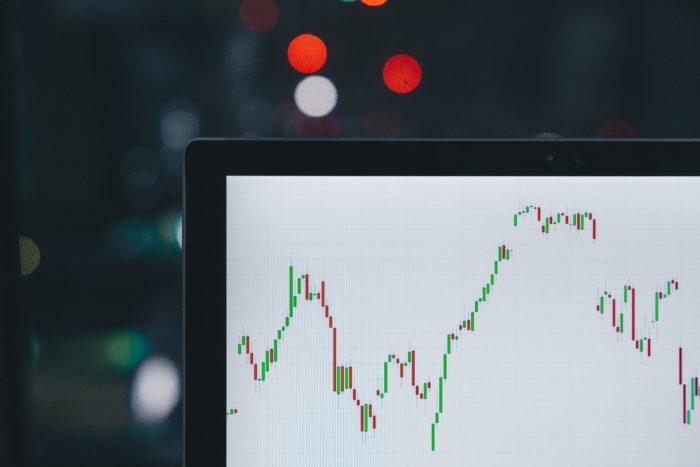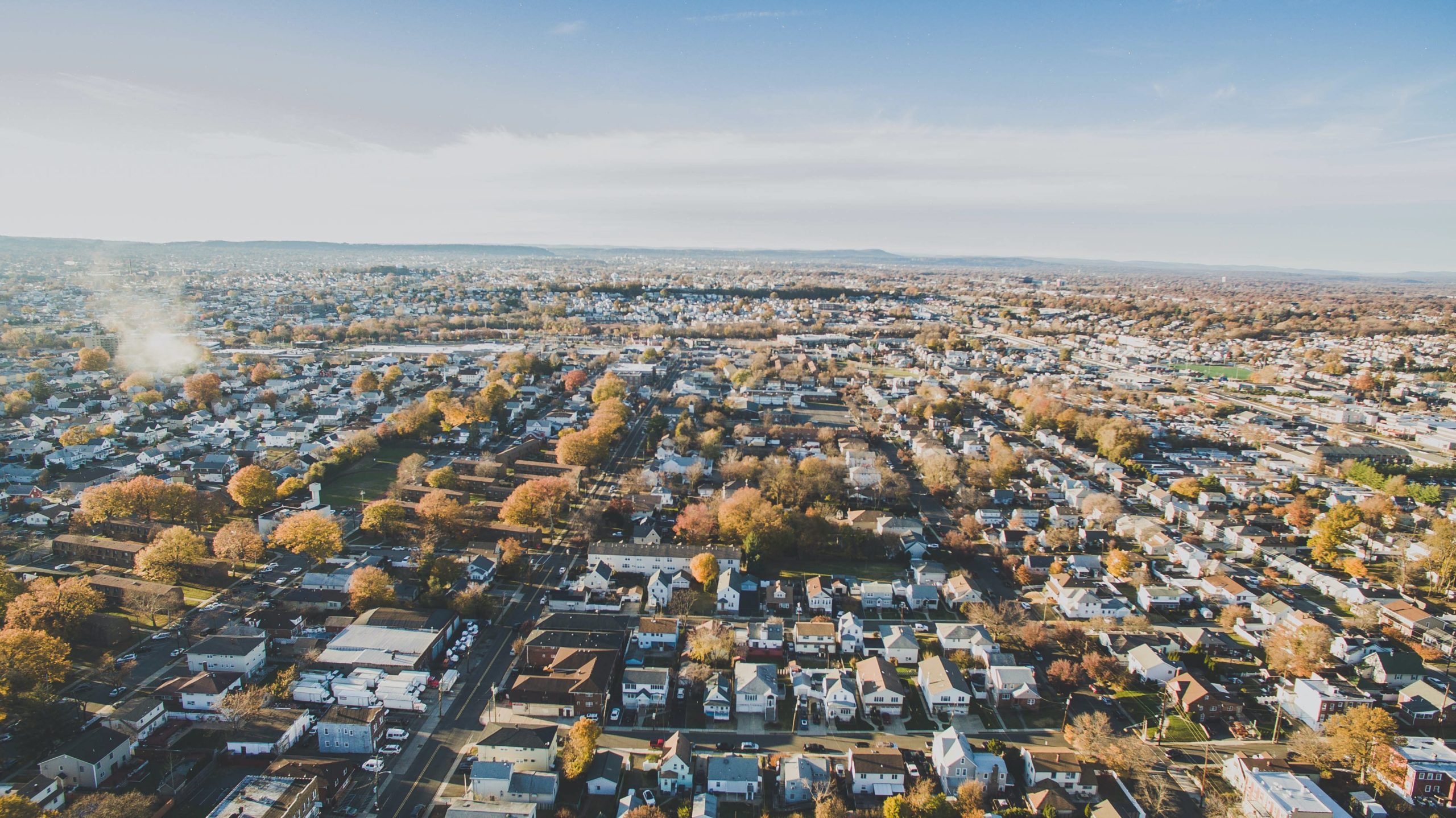Economic Contributions and Growth of Asian American and Pacific Islanders in the U.S.
Date: April 27, 2021

In honor of Asian American and Pacific Islander Heritage Month, NAE will be examining the contributions and characteristics of what is now the fastest growing minority group in the United States: the AAPI community.
In this first installment, we look at the growth of the AAPI community as a whole and take stock of its diversity of origins. Similar to our past reports on AAPI immigrants, we look at economic contributions of Asian Americans and Pacific Islanders, this time with an eye towards where the economic success of some may be masking economic insecurity for many others.
Key Findings
- Asian American and Pacific Islanders (AAPIs) are the fastest growing minority in the United States. Between 2010 and 2019, the AAPI population grew by 25.5 percent. About one-fifth of all U.S. population growth is attributable to Asian and Pacific Islanders.
- Asian Americans and Pacific Islanders now make up 5.8 percent of the U.S. population, or 19.1 million people. This includes almost 12.4 million AAPI immigrants, or 3.8 percent of the U.S. population.
- While immigrants make up around two-thirds of the AAPI population, U.S.-born Asian Americans and Pacific Islanders are now growing faster than the foreign-born population.
- Chinese Americans were the largest AAPI group in the United States, numbering almost 4.2 million, and making up 22.2 percent of the total AAPI population. Among AAPI immigrants, the most common country of birth was India, with almost 2.6 million Indian-born Americans.
- In 2019 alone, AAPI households earned more than $783.7 billion in income. This allowed them to pay more than $167.9 billion in federal income taxes and almost $72.5 billion in state and local taxes. After taxes, AAPI households still held a considerable amount of spending power—$543.4 billion.
- Given that many U.S.-born Asian Americans and Pacific Islanders are still relatively young, the vast majority of AAPI earning power and tax contributions are from AAPI immigrants. In 2019, AAPI immigrants earned more than $612 billion in income, paid almost $130.1 billion in federal income taxes, more than $56.5 billion in state and local taxes, and held $425.6 billion in spending power.
- While Asian Americans and Pacific Islanders make up 5.8 percent of the U.S. population, they account for 7.7 percent of all federal income tax paid and 6.8 percent of total spending power in the United States.
- This however, does not mean that all Asian and Pacific Islanders enjoy great wealth. The AAPI community, and AAPI immigrants in particular, suffer from high levels of income inequality. AAPI workers in the top 10 percent of the income distribution earned 9.6 times what AAPIs in the bottom 10 percent did. For white workers, this ratio is much lower at 7.8, and even lower for Hispanic Americans at 7.5.
While more prominent than ever in American public life, Asian Americans and Pacific Islanders continue to suffer from stereotypes and overgeneralizations about who they are and where they stand. Far from being a monolith, the AAPI community is one of the most diverse communities in the United States. There exists tremendous immense diversity within the AAPI community—a reflection of the disparate histories and challenges that each group and wave of immigrants has faced in the United States going back hundreds of years.
From the difficult history of the Chinese Exclusion Act, to the internment of Japanese Americans, to violence against Sikh Americans post-9/11, to the recent uptick in anti-AAPI hate during the Covid-19 pandemic, in this series, we hope to showcase how far the Asian American and Pacific Islander Americans have come. We also hope to examine where serious challenges remain for many AAPI communities, especially AAPI immigrants and refugees when it comes to questions of income inequality, poverty, and legal status in the United States. With about one-fifth of the U.S. population growth now attributable to Asian and Pacific Islanders, the future of America is now inexorably tied to the well-being and success of the AAPI community.
Population and Population Growth
Between 2010 and 2019, the AAPI population grew by 25.5 percent, making the fastest growing segment of the U.S. population. Asian Americans and Pacific Islanders now make up 5.8 percent of the total U.S. population, or 19.1 million people.
On top of this, including the 3.8 million Americans who identify as being of mixed AAPI descent, the wider AAPI population reaches 22.9 million Americans, or almost 7.0 percent of the U.S. population.
Although U.S.-born Asian Americans and Pacific Islanders are growing faster than AAPI immigrants, nearly two-thirds, or 64.7 percent of the AAPI population were born abroad.
Population Change, 2010-2019
| 2010 | 2019 | Change, 2010-2019 | Growth Rate | |
|---|---|---|---|---|
| All AAPI | 15,217,503 | 19,099,336 | 3,881,833 | 25.5% |
| AAPI Immigrants | 9,884,943 | 12,351,210 | 2,466,267 | 24.9% |
| AAPI, U.S.-Born | 5,332,560 | 6,748,126 | 1,415,566 | 26.5% |
| Hispanics | 50,729,570 | 60,484,777 | 9,755,207 | 19.2% |
| U.S. Population | 309,349,689 | 328,239,523 | 18,889,834 | 6.1% |
The AAPI population is fairly concentrated in certain areas of the United States. California, long a destination of Asian and Pacific Islander immigrants, is home to more than 5.9 million Asian Americans and Pacific Islanders, 31.3 percent of the total AAPI population. New York (8.8 percent) and Texas (7.7 percent) had the second and third largest AAPI populations. The top 5 states in terms of AAPI population are home to 56.0 percent of the total U.S. AAPI population.
Ancestry Groups in AAPI Community
Asian Americans and Pacific Islanders are in no way monolithic. Quite the opposite, the immense diversity within the AAPI population is a reflection of the disparate histories and challenges that each group has faced in the United States going back hundreds of years.
- Overall, Chinese Americans were the largest AAPI group in the United States, numbering almost 4,243,000, and making up 22.2 percent of the total AAPI population. This does not include almost 195,000 people who identified as Taiwanese American.
- Indian Americans are a close second, making up 22.1 percent of the AAPI population, or more than 4,216,000 people. Third, were Filipino Americans, who made up 15.6 percent of the AAPI population, or more than 2,979,000 people.
Among AAPI immigrants, the most common country of birth was India, with 20.8 percent of all AAPI immigrants, or more than 2,567,000. Second was mainland China, with 18.0 percent, or 2,224,000 immigrants, and then the Philippines, which was the country of birth for 15.7 percent of all AAPI immigrants, or 1,936,000 people.
Economic Contributions
Overall, Asian Americans and Pacific Islanders continue to make outsized contributions to the U.S. economy.
While Asian Americans and Pacific Islanders make up 5.8 percent of the U.S. population, they account for 7.0 percent of all household income earned and 6.8 percent of total spending power in the United States. This reflects the critical roles that they fill across the country as workers, consumers, and taxpayers.
- In 2019 alone, AAPI households earned more than $783.7 billion in income. This allowed them to pay more than $167.9 billion in federal income taxes and almost $72.5 billion in state and local taxes. After taxes, AAPI households still held a considerable amount of spending power–$543.4 billion—money that circulates back into the economy and supports local businesses and workers.
- AAPI immigrant households made up the lion’s share of these economic contributions, earning more than $612.1 billion, paying more than $186.6 billion in taxes, and holding almost $425.6 billion in spending power.
AAPI Share of Economic Contributions, 2019
| AAPI Share of U.S. Population | 5.8% |
| AAPI Share of Household Income | 7.0% |
| AAPI Share of Federal Income Tax | 7.7% |
| AAPI Share of State and Local Taxes | 7.1% |
| AAPI Share of Spending Power | 6.8% |
AAPI Immigrant Share of Economic Contributions, 2019
| AAPI Share of U.S. Population | 3.8% |
| AAPI Share of Household Income | 5.5% |
| AAPI Share of Federal Income Tax | 6.0% |
| AAPI Share of State and Local Taxes | 5.5% |
| AAPI Share of Spending Power | 5.3% |
Income Inequality in AAPI Community
The AAPI community is as diverse economically as it is in terms of their ancestry. The popular misconception that all Asian Americans are wealthy, or that they somehow constitute a “model minority,” hides lingering challenges and struggles that many smaller AAPI groups face. Looking at median incomes among the 15 largest AAPI ancestry groups, we find a wide range of median incomes.
- Indian Americans had the highest median income at $79.903, followed by Taiwanese Americans ($72,832), Japanese Americans ($66,821), and Filipino Americans ($62,931), in comparison to a median income of $51,038 for non-Hispanic Whites.
- Meanwhile, Bangladeshi Americans ($40,374), Hmong Americans ($41,378), and Nepalese Americans ($45,033) fell at the lower end of the income distribution. This represents a significant income gap within the AAPI community.
The varying levels of economic well-being among AAPI groups is further evidenced by the fact that immigrant Asian Americans and Pacific Islanders suffer from some of the highest levels of income inequality among racial and ethnic groups in the United States.
In 2019, AAPIs in the top 10 percent of the income distribution earned 9.6 times what AAPIs in the bottom 10 percent did. The corresponding figure is 9.6 times for African Americans, 7.8 for non-Hispanic Whites and 7.5 for Hispanic Americans.
Among AAPI ancestry groups, there were even higher levels of income inequality. For example, the top 10 percent of Chinese American earners, for example, earned 13.7 times what the lowest 10 percent of Chinese American earners made. Similarly, for Korean Americans, the top 10 percent of earners made 12.0 times what the lowest 10 percent made.






